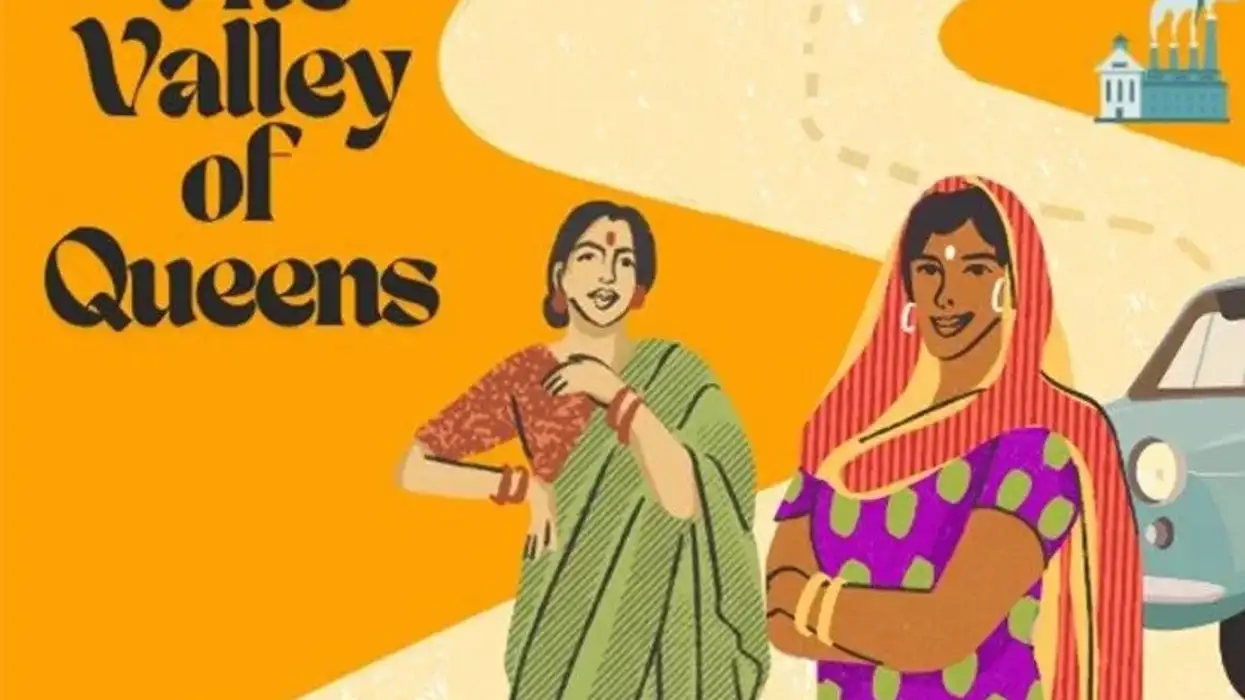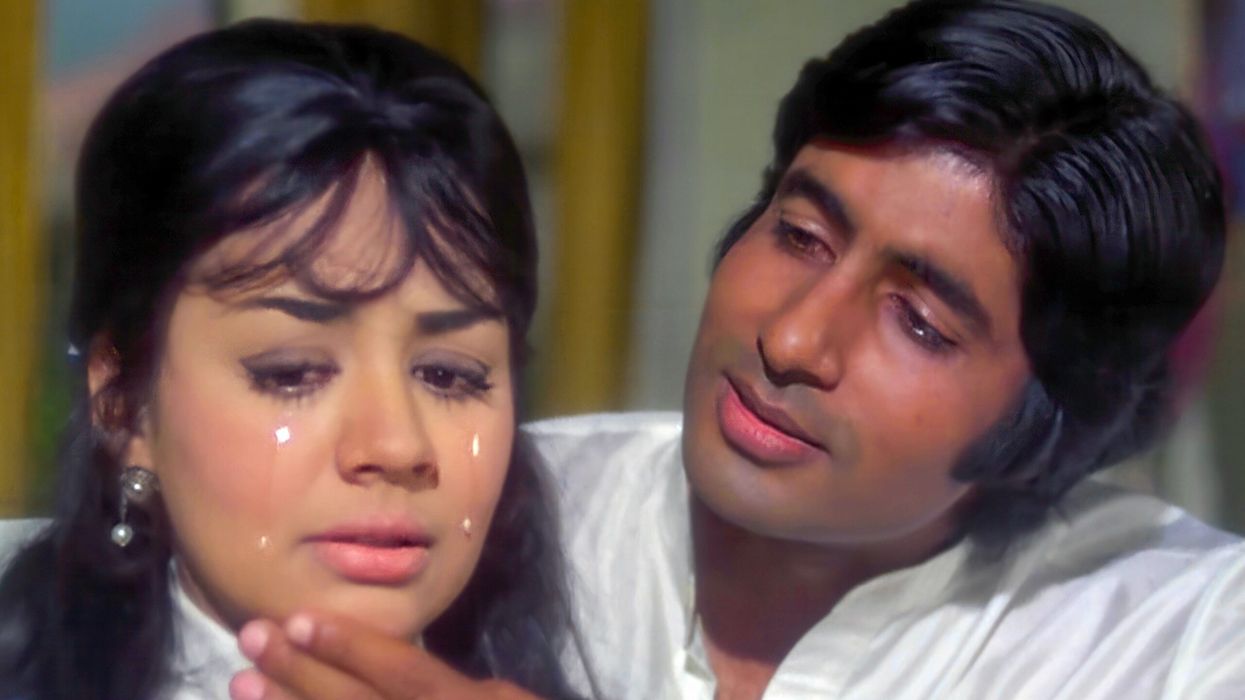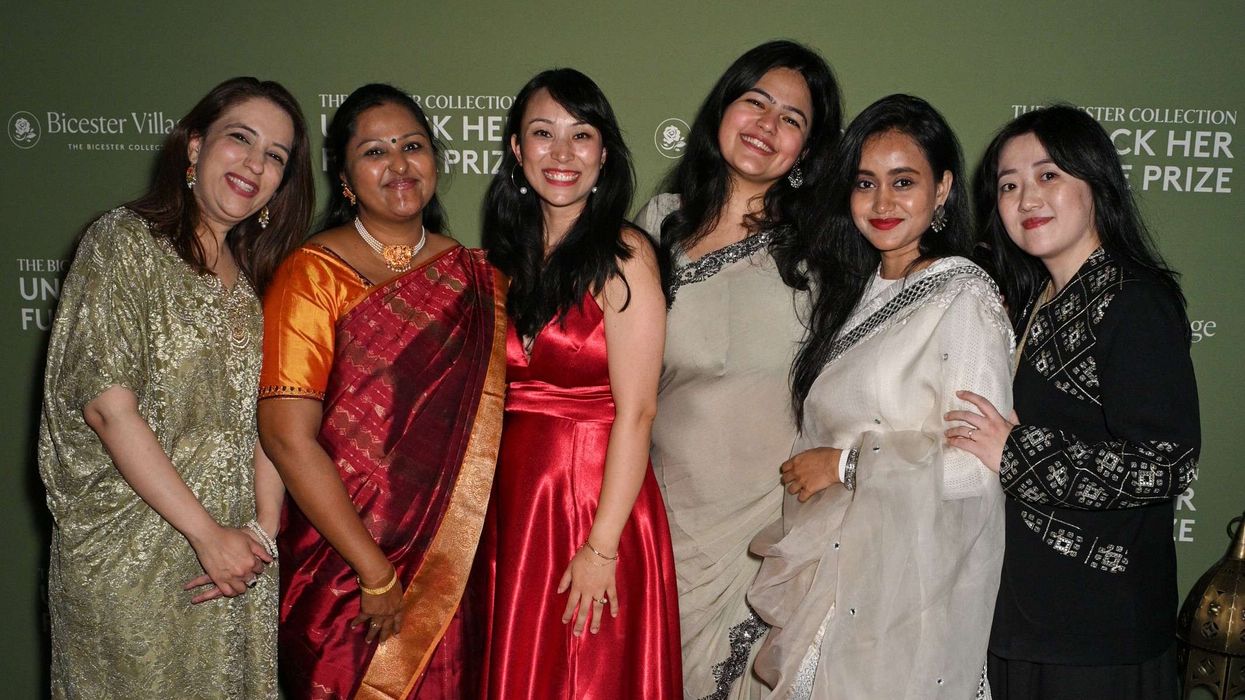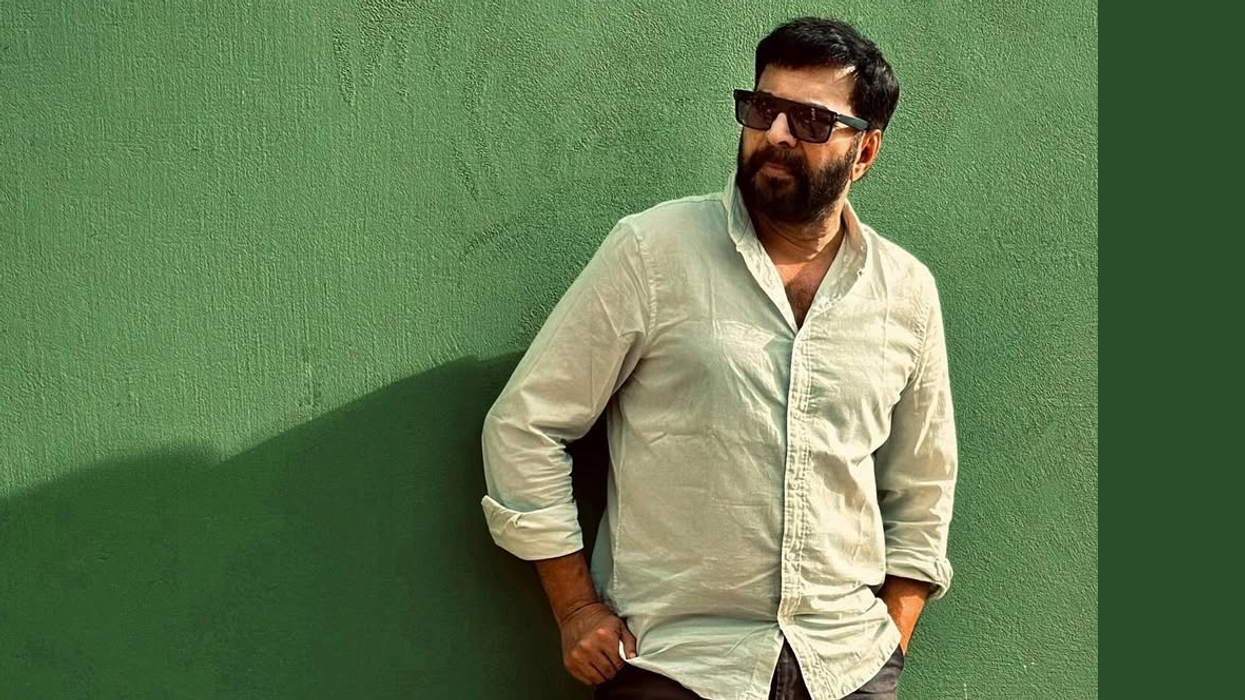By Reena Kumar
BRITISH film director Gurinder Chadha has spoken about the inspiration behind her latest period drama that centres around the final months of British rule in India.
Speaking at an event in Parliament about the 1947 Partition of India, Chadha revealed that she was inspired to tell the story in her newly released film Viceroy’s House after visiting her mother’s ancestral home in what is now Pakistan.
Her visit was part of the BBC’s Who Do You Think You Are series which sees popular figures trace their ancestors back several generations.
The Bend it Like Beckham director said: “Eleven years ago I first went to Pakistan, I was quite reticent about going there because of the conflict between the two countries....In the programme I was saying I relate to this place as pre-partitioned India and not Pakistan because I didn’t know how to deal with it and I got to where my grandmother’s house was and the whole town had come to meet me and they said: ‘Welcome, you are our daughter’.
“When we got to the house that my grandmother had left as a refugee, that house now had several families living in it who themselves were refugees from the other side (India). It was at that moment that something inside me said you have got to tell a story. For me what became interesting was interrogating the history.”
Chadha, whose husband Paul Mayeda Berges co-wrote the screenplay, said she was leading viewers into the hearts, minds and the emotions of the people she had met during her trip.
She told the audience that she also wanted to delve into why her grandmother
had suffered from post-traumatic stress disorder following the division of India.
“My maternal grandmother had come to live with us (in London) when we were young and...any time anything remotely violent or uncomfortable came on TV, she would make us turn it off,” Chadha said.
During the “Talking Partition” discussion with author Kishwar Desai last Tuesday (14), Chadha touched on the fact that elements of her film had been disputed by critics in the media.
“It’s important for me to stress that my film is the British Asian perspective. I am a Punjabi Sikh woman and that will always be my position. By standing up and making this type of film, the challenge goes out to others to make their version of the story.”
Chadha will donate costumes from Viceroy’s House and the script to the world’s first Partition museum in Amritsar. When completed later this year, it will house ten galleries featuring photographs, documents and artifacts belonging to those who were part of the largest forced migration in recent history.
Some 18 million people were affected when independence was granted to the former imperial domain of British India, and it was partitioned into two nation states – India and Pakistan.
Desai, chair of The Arts and Cultural Heritage Trust in India which set up the museum, said:
“It is after 70 years that we have a film based on why the Partition took place, and we now also have a Museum dedicated to the Partition and its survivors.
"It is ironical that it has taken so long – and it is imperative that we preserve the story of the Partition before it is too late.”





 The BFG - production images Royal Shakespeare Company/(c) Marc Brenner
The BFG - production images Royal Shakespeare Company/(c) Marc Brenner  BFG production images, directed by Daniel Evans. Royal Shakespeare Theatre, taken in November 2025.Royal Shakespeare Company/(c) Marc Brenner
BFG production images, directed by Daniel Evans. Royal Shakespeare Theatre, taken in November 2025.Royal Shakespeare Company/(c) Marc Brenner BFG production images, directed by Daniel Evans. Royal Shakespeare Theatre, taken in November 2025.Royal Shakespeare Company/(c) Marc Brenner
BFG production images, directed by Daniel Evans. Royal Shakespeare Theatre, taken in November 2025.Royal Shakespeare Company/(c) Marc Brenner





